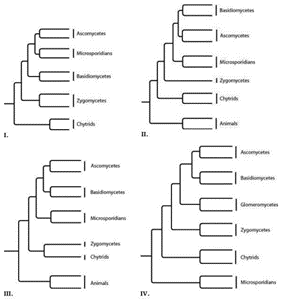TLS Online TPP Program
More Questions
TLS Online TPP Program
#Question id: 19711
#Unit 3. Fundamental Processes
Telomere are marker for the healthy cell, if the cell shows indefinite replication (embryonic or stem cell) the size of telomere lies between the range of
TLS Online TPP Program
#Question id: 19712
#Unit 3. Fundamental Processes
Size of telomeric sequences are marker for the cell division and healthy cell, Below some of the stages and sizes of telomere are given below
|
i.
3 – 20 kb (TTAGGG)n |
a. cancerous cell |
|
ii.
less than 3 kb (TTAGGG)n |
b.
apoptotic cell death |
|
iii.
Ends with no (TTAGGG)n |
c.
limited replication |
|
iv.
Up to 55 kb of (TTAGGG)n |
d.
indefinite replication |
TLS Online TPP Program
#Question id: 19713
#Unit 3. Fundamental Processes
Which of the followings is the incorrect statement regarding telomeric sequences
TLS Online TPP Program
#Question id: 19714
#Unit 3. Fundamental Processes
The extension of GGGGTT is prioritize, while the extension of CCCCAA is not possible because of
TLS Online TPP Program
#Question id: 19715
#Unit 3. Fundamental Processes
Which of the following sequences are extended during the telomeric replication
TLS Online TPP Program
#Question id: 19716
#Unit 3. Fundamental Processes
The telomeric sequence is found in plants and humans so conserved in nature, while Drosophila telomeres are an exception derived from

